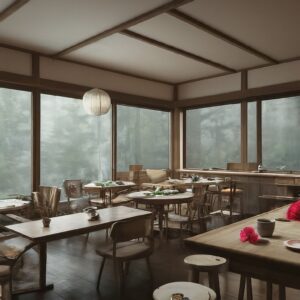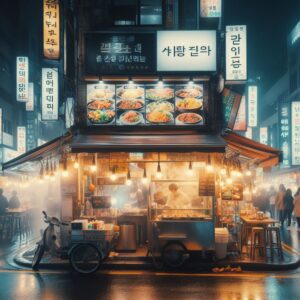In the bustling streets of Korea, amidst the modern cafes and their coffee aromas, lies a serene tradition that dates back over a thousand years: the Korean tea culture. It’s a world where the act of drinking tea transcends mere consumption and becomes a meditative journey, engaging all five senses.
A Rich History
Tea first made its way to Korea from China, brought by Buddhist monks who recognized its calming effects, ideal for meditation. Over the centuries, tea became a staple in royal courts and Buddhist ceremonies, eventually spreading to the general populace1.
Types of Korean Tea
Korean tea, or ‘cha,’ ranges from the well-known green tea, ‘nok-cha,’ to a variety of herbal and fruit infusions. Each type offers unique flavors and health benefits, often reflecting the local flora and regional characteristics1.
The Korean Tea Ceremony
The heart of Korean tea culture is the ‘darye,’ a traditional tea ceremony that symbolizes respect and mindfulness. The ceremony is a choreographed art, emphasizing the aesthetics of tea preparation and the harmonious interaction between host and guest2.
Modern Twists
While honoring tradition, Korean tea culture also embraces innovation. New tea blends and preparations continue to emerge, offering modern twists on classic flavors. This evolution keeps the art of tea alive and thriving in contemporary Korea.
Conclusion
Korean tea culture is a testament to the country’s ability to preserve its heritage while adapting to the changing times. It’s a culture that invites you to slow down, savor the moment, and find peace in the simple act of enjoying a cup of tea.





